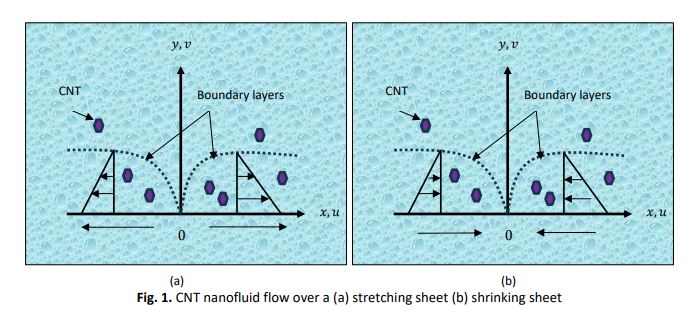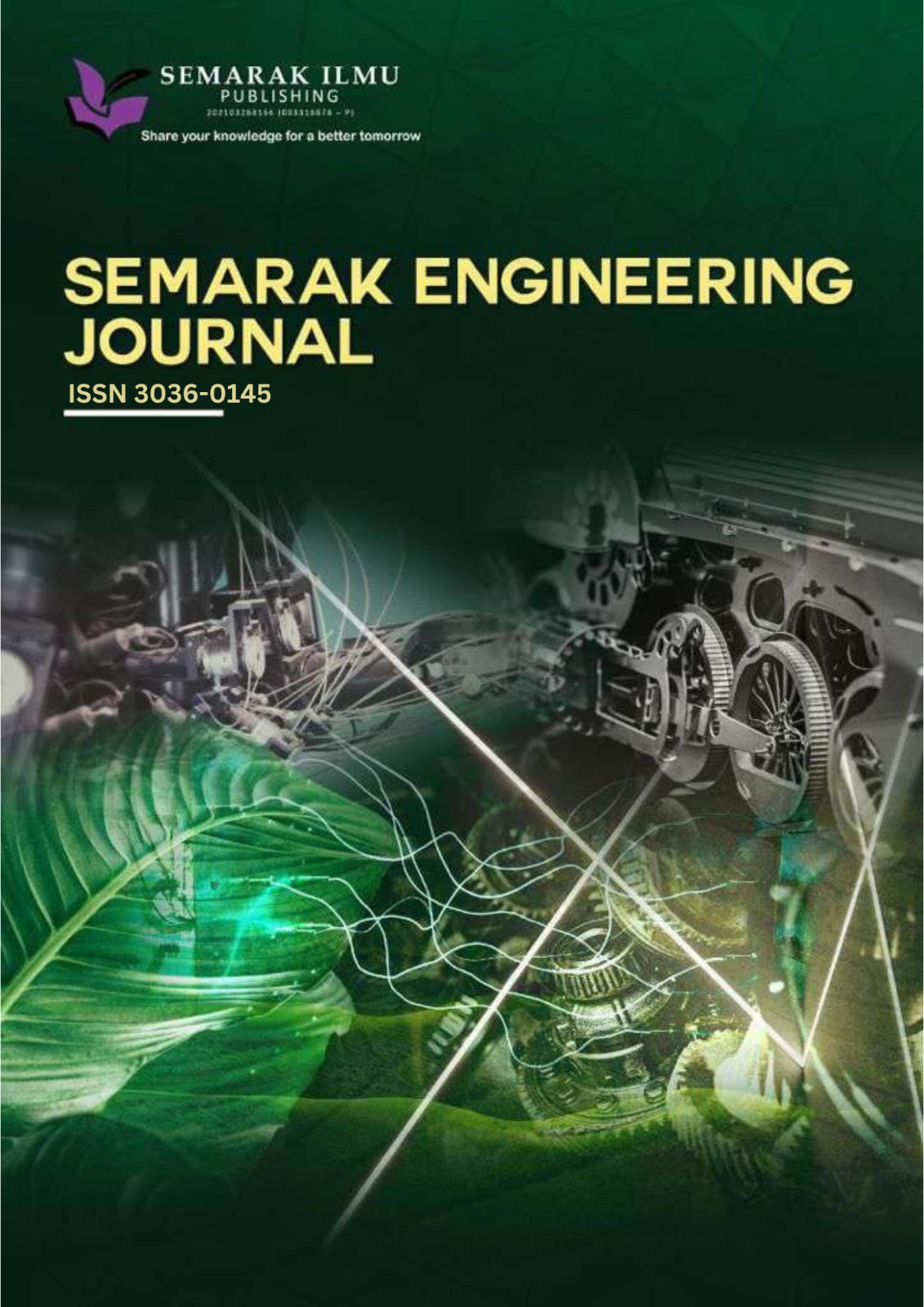The Importance of Adopting Response Surface Methodology to Optimize the Flow and Heat Transfer of Carbon Nanotube Nanofluid over a Stretching or Shrinking Sheet
DOI:
https://doi.org/10.37934/sej.7.1.1130Keywords:
CNT nanofluid, heat transfer, MHD, stretching/shrinking sheet, numerical method, RSMAbstract
The research investigates the boundary layer flow and heat transfer of carbon nanotube (CNT) nanofluid over a stretching/shrinking sheet with the magnetohydrodynamic (MHD) effect. The purpose of constructing this model is to increase the understanding of CNT nanofluid flow and heat transfer characteristics since numerous models use metallic nanoparticles. We conduct this study using numerical and response surface methodology (RSM) approaches in MATLAB and Minitab, respectively. We formulate the mathematical formula by applying the non-linear partial differential equations (PDE). Next, we transform the PDE into non-dimensional ordinary differential equations (ODE) by exploiting the similarity variables method. We show that the model produces multiple solutions in the shrinking region. The magnetic parameter can widen the solutions and delay the boundary layer separation. Both numerical and RSM methods reveal that the maximum value of the magnetic parameter maximizes the heat transfer coefficient. Additionally, both methods demonstrate that single-walled CNT nanofluid is better than multi-walled CNT nanofluid in transmitting heat.
Downloads











